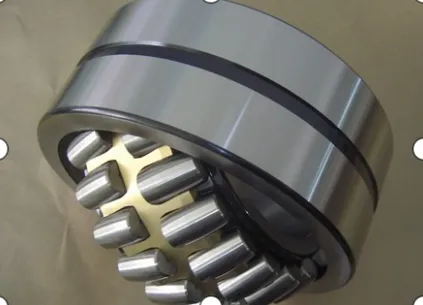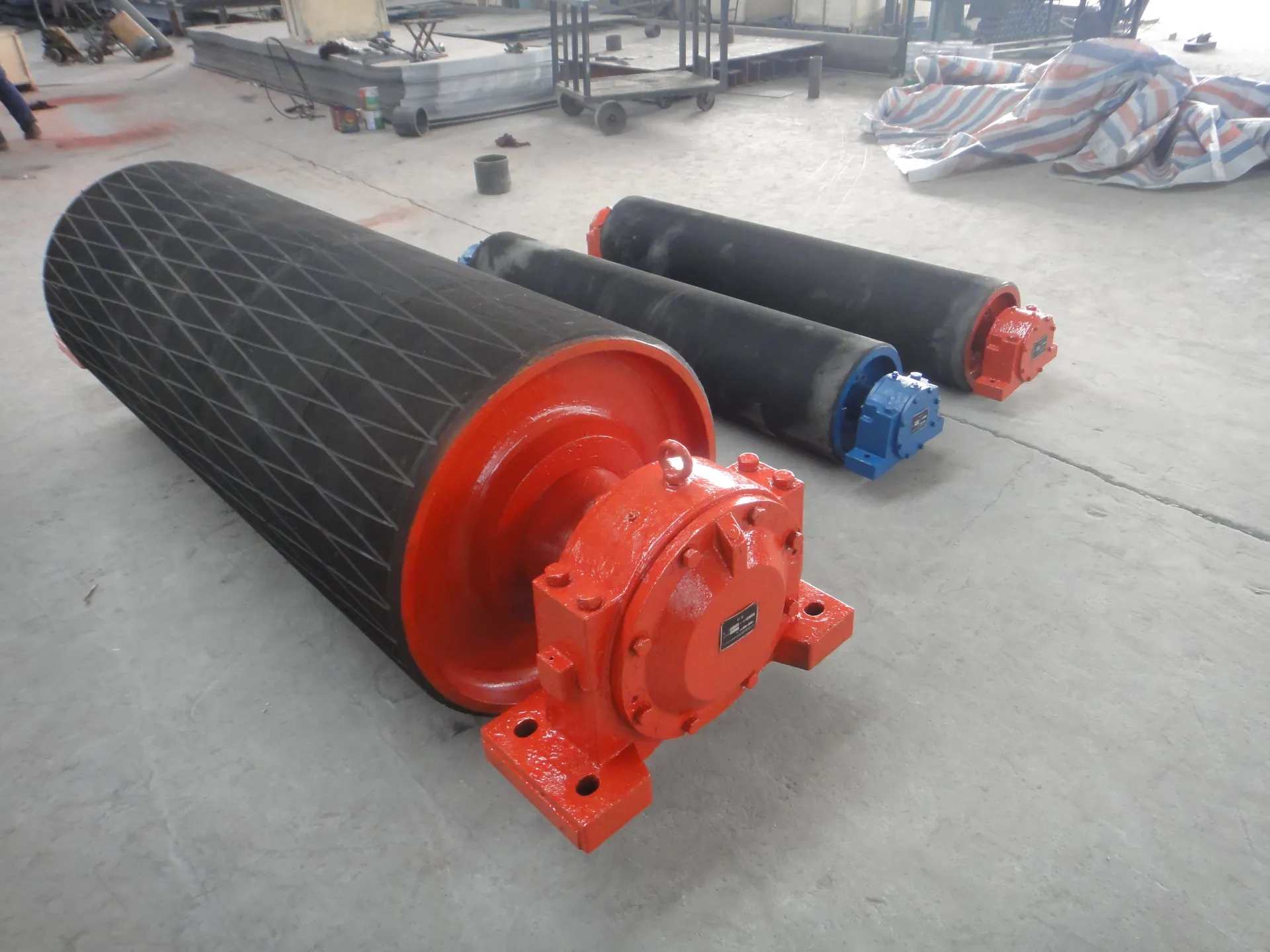 Afrikaans
Afrikaans  Albanian
Albanian  Amharic
Amharic  Arabic
Arabic  Armenian
Armenian  Azerbaijani
Azerbaijani  Basque
Basque  Belarusian
Belarusian  Bengali
Bengali  Bosnian
Bosnian  Bulgarian
Bulgarian  Catalan
Catalan  Cebuano
Cebuano  Corsican
Corsican  Croatian
Croatian  Czech
Czech  Danish
Danish  Dutch
Dutch  English
English  Esperanto
Esperanto  Estonian
Estonian  Finnish
Finnish  French
French  Frisian
Frisian  Galician
Galician  Georgian
Georgian  German
German  Greek
Greek  Gujarati
Gujarati  Haitian Creole
Haitian Creole  hausa
hausa  hawaiian
hawaiian  Hebrew
Hebrew  Hindi
Hindi  Miao
Miao  Hungarian
Hungarian  Icelandic
Icelandic  igbo
igbo  Indonesian
Indonesian  irish
irish  Italian
Italian  Japanese
Japanese  Javanese
Javanese  Kannada
Kannada  kazakh
kazakh  Khmer
Khmer  Rwandese
Rwandese  Korean
Korean  Kurdish
Kurdish  Kyrgyz
Kyrgyz  Lao
Lao  Latin
Latin  Latvian
Latvian  Lithuanian
Lithuanian  Luxembourgish
Luxembourgish  Macedonian
Macedonian  Malgashi
Malgashi  Malay
Malay  Malayalam
Malayalam  Maltese
Maltese  Maori
Maori  Marathi
Marathi  Mongolian
Mongolian  Myanmar
Myanmar  Nepali
Nepali  Norwegian
Norwegian  Norwegian
Norwegian  Occitan
Occitan  Pashto
Pashto  Persian
Persian  Polish
Polish  Portuguese
Portuguese  Punjabi
Punjabi  Romanian
Romanian  Russian
Russian  Samoan
Samoan  Scottish Gaelic
Scottish Gaelic  Serbian
Serbian  Sesotho
Sesotho  Shona
Shona  Sindhi
Sindhi  Sinhala
Sinhala  Slovak
Slovak  Slovenian
Slovenian  Somali
Somali  Spanish
Spanish  Sundanese
Sundanese  Swahili
Swahili  Swedish
Swedish  Tagalog
Tagalog  Tajik
Tajik  Tamil
Tamil  Tatar
Tatar  Telugu
Telugu  Thai
Thai  Turkish
Turkish  Turkmen
Turkmen  Ukrainian
Ukrainian  Urdu
Urdu  Uighur
Uighur  Uzbek
Uzbek  Vietnamese
Vietnamese  Welsh
Welsh  Bantu
Bantu  Yiddish
Yiddish  Yoruba
Yoruba  Zulu
Zulu Feb . 07, 2025 02:28
Back to list
conveyor bend pulley
Conveyor pulleys are an essential component in the realm of material handling and logistics, serving a fundamental role in the operations of conveyors across numerous industries. These machines help to smoothly guide the conveyor belt, ensuring efficient load transport and optimal machine functioning. The significance of conveyor pulleys in industrial applications cannot be overstated, as their design and performance directly impact productivity, safety, and operational costs.
From an expert's standpoint, ensuring the reliability and performance of conveyor systems requires a holistic approach. Regular maintenance and thorough inspections are critical to identifying wear and addressing potential issues before they lead to system failures. Maintenance practices such as checking pulley alignment, inspecting for surface wear, and ensuring that bearings are properly lubricated play a vital role in the effective functioning of conveyor pulleys. Proactive maintenance not only extends the service life of pulleys but also prevents unexpected downtime, preserving the smooth operation of industrial processes. The trustworthiness of a conveyor pulley is also influenced by the manufacturer's expertise and the quality control processes employed during production. Established manufacturers with a track record of innovation and reliability provide pulleys that are rigorously tested to withstand the demands of industrial environments. Choosing experienced suppliers ensures that the products are backed by engineering competence and a commitment to quality, essential for maintaining operational efficiency and safety. In conclusion, conveyor pulleys are much more than simple mechanical components. They are critical to the efficiency and safety of conveyor systems and, by extension, the production processes they support. By emphasizing innovation, expertise, and maintenance, industries can harness the full potential of these components. As manufacturers continue to evolve their design and maintenance practices, conveyor pulleys will remain vital to the economic and operational success of countless industries worldwide. Understanding and leveraging these aspects will undoubtedly lead to enhanced productivity, reduced operational costs, and sustained industrial growth.


From an expert's standpoint, ensuring the reliability and performance of conveyor systems requires a holistic approach. Regular maintenance and thorough inspections are critical to identifying wear and addressing potential issues before they lead to system failures. Maintenance practices such as checking pulley alignment, inspecting for surface wear, and ensuring that bearings are properly lubricated play a vital role in the effective functioning of conveyor pulleys. Proactive maintenance not only extends the service life of pulleys but also prevents unexpected downtime, preserving the smooth operation of industrial processes. The trustworthiness of a conveyor pulley is also influenced by the manufacturer's expertise and the quality control processes employed during production. Established manufacturers with a track record of innovation and reliability provide pulleys that are rigorously tested to withstand the demands of industrial environments. Choosing experienced suppliers ensures that the products are backed by engineering competence and a commitment to quality, essential for maintaining operational efficiency and safety. In conclusion, conveyor pulleys are much more than simple mechanical components. They are critical to the efficiency and safety of conveyor systems and, by extension, the production processes they support. By emphasizing innovation, expertise, and maintenance, industries can harness the full potential of these components. As manufacturers continue to evolve their design and maintenance practices, conveyor pulleys will remain vital to the economic and operational success of countless industries worldwide. Understanding and leveraging these aspects will undoubtedly lead to enhanced productivity, reduced operational costs, and sustained industrial growth.
Next:
Latest news
-
Revolutionizing Conveyor Reliability with Advanced Rubber Lagging PulleysNewsJul.22,2025
-
Powering Precision and Durability with Expert Manufacturers of Conveyor ComponentsNewsJul.22,2025
-
Optimizing Conveyor Systems with Advanced Conveyor AccessoriesNewsJul.22,2025
-
Maximize Conveyor Efficiency with Quality Conveyor Idler PulleysNewsJul.22,2025
-
Future-Proof Your Conveyor System with High-Performance Polyurethane RollerNewsJul.22,2025
-
Driving Efficiency Forward with Quality Idlers and RollersNewsJul.22,2025
OUR PRODUCTS





























